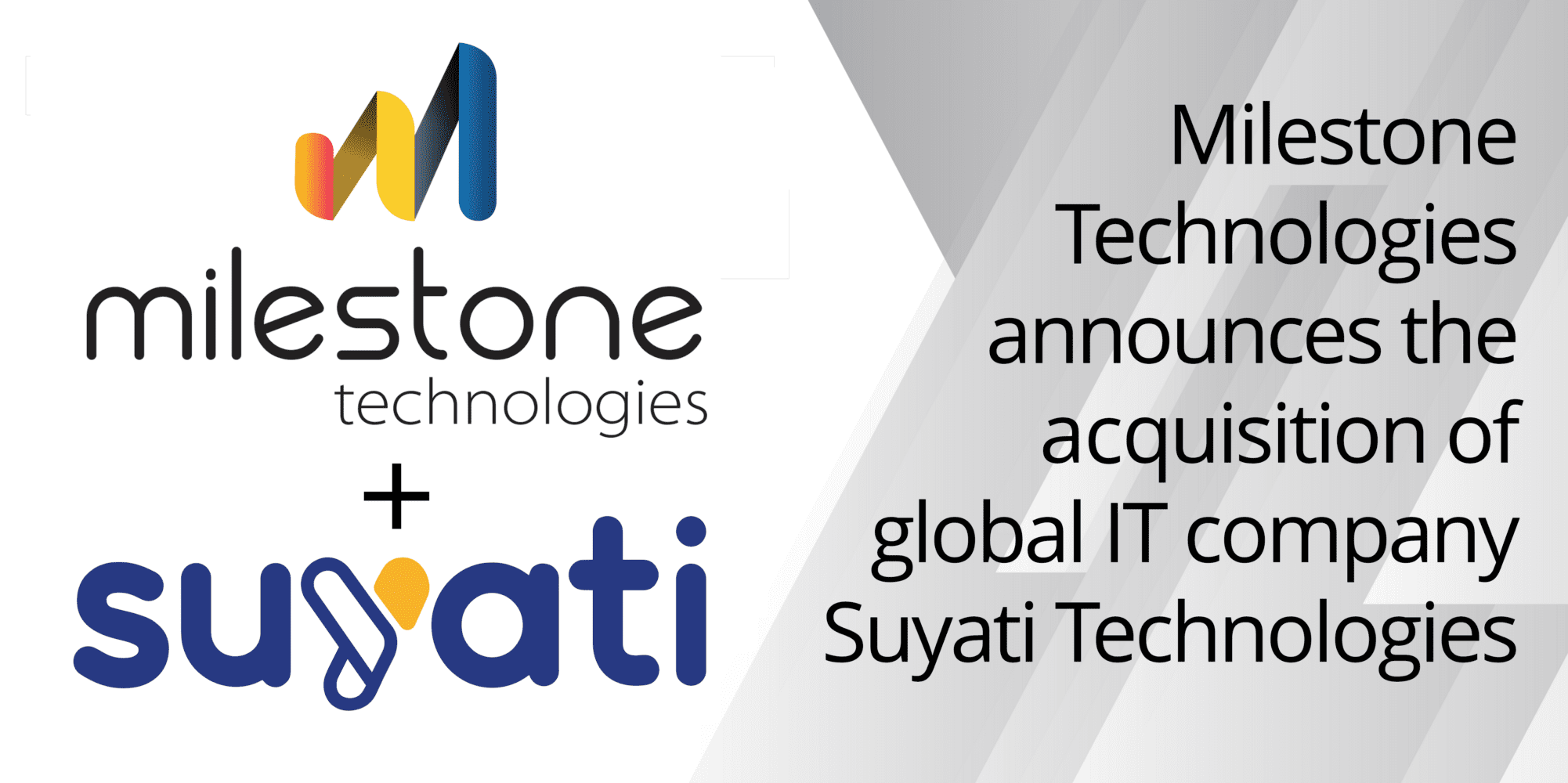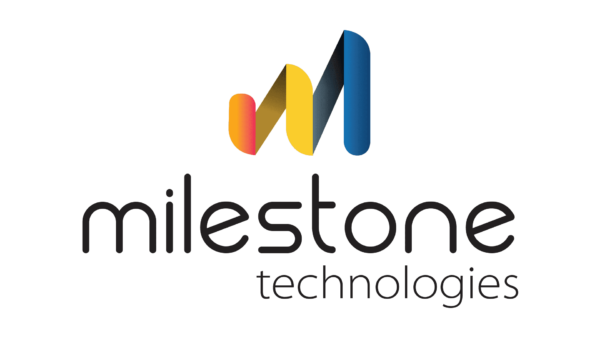The year 2022 saw geopolitical turmoil and war, record high inflation, the collapse of cryptocurrency, and a post-pandemic world that is inching back to normalcy. These disruptions did come with a silver lining. The last two years have seen an explosion of technology solutions that are now more accessible and mainstream than ever. ChatGPT caused a sensation, making corporate leaders realize that the future is closer than they imagined.
Gartner released its yearly report on the top technology trends for 2023 and this list includes some exciting technologies. Sustainable technology, for instance, will dominate the scene. So will Digital Immune Systems, which entails using cutting edge testing approaches and data-driven insight to build resilient technological solutions. Gartner even gives companies specific mid-term targets. Digital immunity, for instance, will be invaluable for companies by 2025 and will have a direct impact on end-user experience and for applications to deliver a greater uptime.
Here is rundown of the Top 10 Strategic Technology Trends for 2023. Fasten your seat belts, for the future is closer than you think.
1. Metaverse
The Metaverse entered mainstream when Mark Zuckerberg built a metaverse platform, leading to companies, banks, and even a few governments following suit. In February of 2022, TechMahindra launched TechMVerse to build metaverse experiences for its customers. McKinsey’s report states that the metaverse can generate up to $5 trillion in revenue by 2030 and reports that $120 billion was invested in metaverse projects in the first half of 2022 alone. From movies and tourism to metaverse cryptocurrency and Apple’s much-awaited mixed-reality headset, the metaverse could shake up the landscape like never before.
What is the metaverse? Gartner calls it “a collective virtual 3D shared space, created by the convergence of virtually enhanced physical and digital reality.” There are multiple definitions of metaverse but broadly speaking, the metaverse encompasses immersive experiences and hybrid virtual spaces. A world in which your 3D avatar interacts in virtual spaces and experiences different products or services is already here. That’s not all. AI algorithms can, based on your user history, personalize your customer journey and even use the colors or visuals that suit your taste.
Gartner estimates that by 2026, a quarter of the world’s population will be in the metaverse for at least an hour a day. The metaverse is no longer an unproven concept, but it is new and is attracting many top companies from around the world. In late 2022, Renault announced the launch of its first industrial metaverse.
Metaverse also brings along with it the benefits of immersive CX and the truly exceptional businesses will be able to move beyond omnichannel strategies and integrate the metaverse into their CX strategy, delivering a whole new level of hyper-personalization.
2. Adaptive AI
The benefits of adding adaptive AI to your company’s business intelligence will blow your mind. Adaptive AI systems refer to decision-making frameworks that self-adapt during production or after deployment, with continuous feedback from previous human and machine experiences. Adaptive AI can revise its own code to adapt to real-world changes, bringing adaptability into a company’s design and operations. Adaptive AI continuously retrains AI models to adapt to changes during production and post deployment, leading to resilient solutions of more long-term value. Adaptive AI will be crucial for business intelligence, helping companies to react more quickly and to make the most of disruptions.

Adaptive AI also helps businesses scale up quickly. An artificial intelligence miner like SAM, for instance, helps companies develop AI models that adapt and improve based on real-time data. These models leverage Machine and Deep Learning, making it perfect for operations that witness rapid changes in the environment. Gartner predicts that by 2026, adaptive AI systems will dominate the business scene, with companies that adopt it diligently outperforming their peers by 25%.
Given the economic uncertainty of the post-pandemic world, flexibility and adaptability are necessary for businesses to survive and become resilient to change. Why do we think adaptive AI is a top strategic technological trend to watch for in 2023? It will determine the success of decision intelligence systems by reengineering them, thereby enabling them to exercise better autonomy. The impact that this will have on process architectures will be huge.
3. Superapps
2023 will be all about superapps, which combine the features of an app, a platform, and a slew of component tools. An all-in-one solution to mobile application design, a superapp offers micro apps and a wide range of virtual products and services under one roof. These include messaging, e-commerce, cab services, social networking, and more.
Superapps have been around for a while but are expected to become bigger in 2023 and beyond. WeChat in China is a good example, with even billionaires like Elon Musk planning something similar.
Superapps are touted to be invaluable in a world of mobile-first user experiences. A great way to improve mobile user experience for business, they constitute a digital ecosystem within a single application, allowing for third-party developers to publish their micro apps. Gartner defines a superapp as an app that “provides end-users (customers, partners or employees) with a set of core features plus access to independently created miniapps.”
Gartner states that there are already more than 4.6 billion downloads of 15 popular superapps, a user base that is tipped to increase in the coming year. Walmart is currently working on building a superapp for its workforce, with a view to make a streamlined experience for employers, vendors, and users. Fintech giant Revolut has created a superapp with nearly 20 million users. Superapps are so dynamic that they also allow desktop and mobile enterprise experiences within their ambit. They are soon expected to branch out and include technologies powered by IoT, chatbots, and of course, will segue into the metaverse.
4. RPA
Robotic Process Automation or RPA automates business processes such as data handling, processing transactions, and other repetitive tasks. RPA will be critical for flawless service and on-time delivery, with companies turning to automation to manage disruptions to the global supply chains while keeping their business operations resilient. With the last few years seeing disruption in supply chains, RPA’s limitless capacity to automate inventory management and increase supply chain efficiency cannot be undermined. RPA is one of the multiple technologies that integrate with AI and machine learning to power hyperautomation. In 2023, RPA will lead to a clearer distinction between bots and digital workers.
When you combine RPA with AI, you will be able to gather data from various sources and use RPA to automate processes based on structured data.
According to a 2022 survey by Deloitte, 53% of corporate leaders have already started their RPA journey, attributing this to the huge benefits of RPA, including cost reduction, improved quality and productivity.
Going forward, RPA will be used by companies with AI and ML to automate legacy business operations. Companies can leverage hyper automation to accelerate complex workflows. RPA will also help organizations manage their resources better, cut costs, and boost productivity.
5. Sustainable technologies
Sustainable technologies make up an entire information technology framework. This framework supports business efficiency, increases energy efficiency, and builds brand trust. Technologies like traceability analytics, AI, and emissions management software are examples of what sustainable technologies can achieve. Sustainable technologies will not only be strategic tools by 2023 but will also enable greater operational resiliency and increased financial performance.
Gartner’s report states that “by 2025, 50% of CIOs will have performance metrics tied to the sustainability of the IT organization.” Sustainable technology is not just technology that has been produced with sustainability in mind but is designed to support environmental and social issues for the organization and its customers.
Sustainable technologies use AI, advanced analytics, and shared cloud services to drive environmental, social, and governance (ESG) outcomes. They offer diverse capabilities and help companies to improve traceability and reduce their carbon footprint. Sustainable technology frameworks should not only increase the energy efficiency of IT services but also enable users to track sustainability goals and actionable plans. Sustainable technologies are used to optimize resources more effectively, leading to a better business bottom line.
6. Industry cloud platforms
Cloud technology adoption is now mainstream. When major cloud service providers became popular, smaller cloud providers offered more tailored, industry-specific services to directly meet the use cases and challenge of these industries. Industry cloud services are now so popular that even the large cloud service providers offer industry cloud solutions designed for specific enterprises.
Industry cloud platforms offer the best of both worlds for companies, combining traditional cloud services with industry-specific functionalities and designs. These industries run the gamut from retail, government and healthcare to life sciences and financial services. Industry cloud applications combine SaaS, PaaS, and IaaS to customize their services and tailor them for specific industries by using data-model modifications and application programming interfaces.
Why are industry cloud platforms expected to take 2023 by storm? They accelerate cloud adoption and business performance. They help organizations meet their workload and scale. They are perfect for organizations that are looking to move from complex legacy systems to cloud operations, cutting down the time and effort significantly. With industry cloud platforms, you only use features that an industry-specific case needs and nothing more, making it possible to streamline cloud solutions and use customized cloud solutions as building blocks to create specific digital business solutions. In its report, Gartner predicts that more than 50% of enterprises will use industry specific cloud platforms to increase their business prospects.
7. Wireless Value Realization
Wireless value realization is when you expand your digital services and integrate various next-generation wireless technologies to provide more scalable, cost-efficient, improved, and reliable services reduce capital expenditure.
No single technology will dominate the future, and instead, companies need to deliver when it comes to extending connectivity to all environments and contexts. Gartner states that by 2025, 50% of enterprise wireless endpoints will use networking services that deliver capabilities that go even beyond communication.
For example, apart from basic connectivity, wireless technology can be used for sensors to locate people, harvest energy, automate infrastructure operations, provide power in places where it is not available, and optimize the movement of high-priority assets. It becomes important for enterprises to expand their digital services to new environments to realize the full potential of wireless technologies. Wireless value realization includes end-user computing all the way to edge device support and digital tagging solutions. Wireless is not just a communications tech but a wider digital innovation platform. Wireless networks will go beyond pure connectivity by powering low-power systems with energy while offering built-in data analysis and insight.

8. Digital Immune System
As digital systems become hyper-connected and businesses heavily rely on software development and delivery, resilience, security, and stability become crucial. Digital immunity is an approach to software development that results in more reliable and scalable software applications, and less downtime. A digital immune system comprises analytics, extreme testing, software engineering, automated incident resolution, automation, and development to ensure increased application security. It also comes with a roadmap for CIOs to reduce risk and create positive customer experiences.
When talking about the top strategic tech trends for 2023, Frances Karamouzis, a Gartner VP and Distinguished Analyst, mentioned that 76% of digital teams are responsible for revenue. This means that security, scalability, operational resiliency, and reliability are critical.
According to Gartner, by 2025, organizations that invest in digital immune systems will reduce downtime by 80%, which will singlehandedly impact business outcomes.
9. Applied Observability
Applied observability is a tool to understand enterprise data systems completely (via data-backed decisions), and to apply intelligence to your key metrics for competitive advantage. Companies rely heavily on data to drive business decisions. The data lifecycle that is observed includes observable data such as API calls, traces, metrics, downloads, file transfers, and logs.
Well-applied observability increases organizational decision-making by helping it use the data it generates in order to better understand the current state of its business system. Applied observability also reduces time-to-market and proactively collects, mines, diagnoses, and visualizes organizational data across enterprise IT tools, extending to cloud computing. It is not just about accessing the right data but also at the right time and in making rapid, on-the-spot application and infrastructure decisions based on data. It also gives visibility into data pipelines, especially for distributed and complex systems with interconnected parts, and prevents data inconsistencies in the organization.
Gartner names this as a top strategic technology trend of 2023 because when planned and executed well, observability is an incredible and powerful source of data-backed decision-making. With applied observability, you get a connected and real-time view of your operational data.
10. AI trust, risk, and security management (AI TRiSM)
Why is AI TRiSM a big deal? With the rise of AI, we see this technology become an integral part of important industries and processes, from financial organizations worth billions of dollars, fraud analysis, and government campaigns. With AI comes many security hazards, breaches, and risks. Gartner did a survey in the US, UK, and Germany, which found that 41% of organizations that leveraged AI also faced a privacy breach. Interestingly, Gartner’s research found that the enterprises that managed these risks were able to transition AI projects from prototypes to well-implemented processes with business impacts.
AI is powerful but its failure could mean huge legal damages and financial losses. AI TRiSM involves incorporating bias checks, guided checklists, automated report builders, and catching errors before they become deeply embedded in the model’s behavior. In 2023, AI TRiSM will be a top strategic technology trend and enterprises should set up AI TRISM solutions and strategies to protect AI. These strategies usually include lifecycle management, data anomaly detection, and the overall governance of all AI models
These top 10 strategic technology trends will be more than just buzzwords. They will be the foundation on which organizations can secure their financial position during economic upheavals and business disruptions. With pandemics and wars causing unpredictable economic situations, these technologies will keep businesses resilient and profitable in the decades to come.




